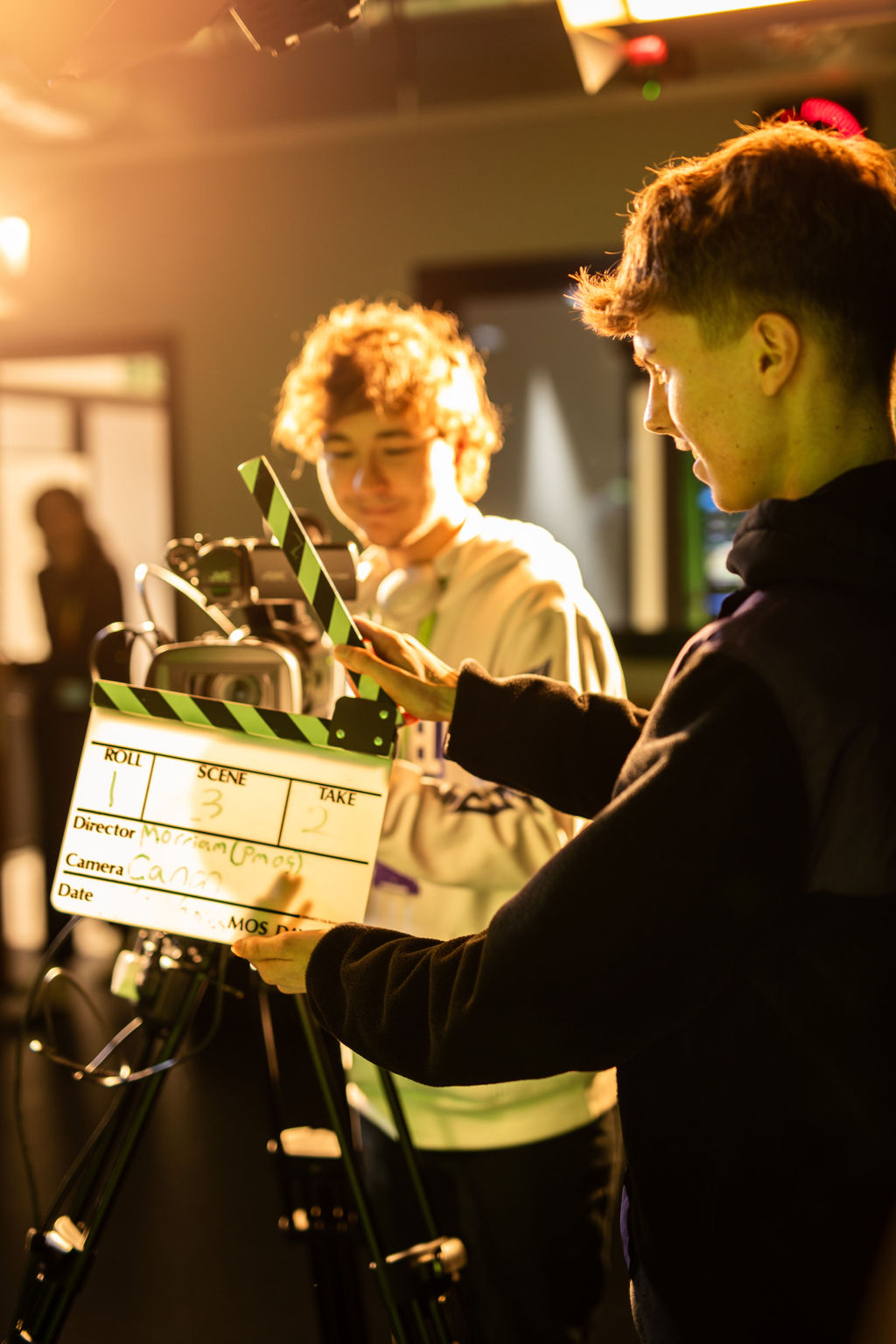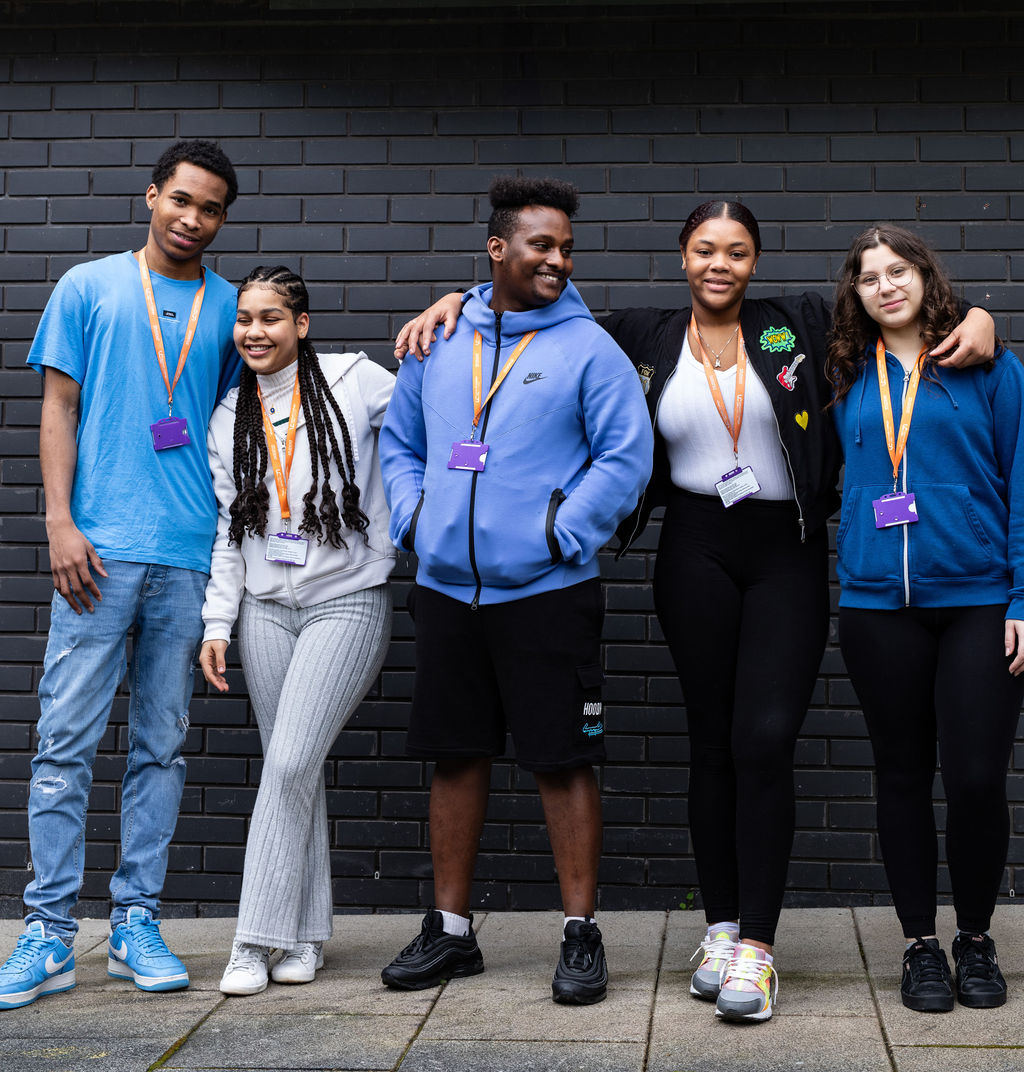The aim now, as then, is to enable people to learn new skills, improve existing ones and get on in the world as best they can. A key difference over the nearly 120 years is technology and, over the last 20 years especially, digital technology and this brings with it both blessings and curses.
Previous articles have introduced the reasons for our response to some of the challenges that have disproportionate impacts on our communities as well as the dangers to health, employment and relationships posed. These along with the attendant social media campaigns are part of our IT STOPS WITH ME initiative to help our students be equipped to spot, report and not spread fake news that comes their way. Think of it as social media distancing.
As students returned before Easter, Mythbuster sessions were delivered where they were encouraged to discuss some of the (false) stories and conspiracies that came their way over the past year. In addition, more in depth resources were provided on the college Virtual Learning Environment for students to work through or refer to in their own time. Alongside that, a separate page was created for staff with resources to use on fake news, conspiracies, online behaviours, mental health and critical thinking. That support page contains “general” links, news, videos, articles and games as well as ones specific to particular curriculum areas. In this way tutors from Information Technology and ESOL to Science and Tourism can introduce fake news sessions alongside their main subject teaching if they wish.
We are happy to share any links or resources with other institutions.
In addition to the above is a mental health and fake news computer games project called Look After Yourself being created by our Games Design lead Jez Noond and his groups. As with the rest of the project, the aim has been to involve students from the start so those in the Creative Arts Faculty were surveyed about their lockdown fears, exposure to conspiracy theories and fake news stories. The survey responses are included in the game as anxiety triggers that a player discovers as they roam the CGI college corridors with a torch. Each time a trigger is discovered, the player’s ‘anxiety’ is updated and displayed via an extending bar along the bottom of the screen. Once the player has collected as much anxiety as they can take, and the bar is full, they can escape to the next level.
This level is a rendered landscape similar to Clapham Common. Here, the player can search for ways to release anxiety and shrink the full bar back to zero. Finding and using a park bench, for example, will reduce feelings of lockdown claustrophobia. Each time the player discovers a release, they receive advice and coping strategies until they are worry free. At this point they transform into a parakeet and join a ‘murmuration of wisdom’ flying above the common enjoying their freedom from anxiety.
We can’t really offer the gift of flight but by gamifying the students’ concerns the hope is to embed the potential solutions in a novel way. Less dramatically, we will continue to refine and add to the resources using staff and student feedback from the Mythbuster sessions. This is so that for 2021-22 we will be better prepared for the digital challenges of the new academic year in September when, hopefully, the worst of the physical ones will be over.



